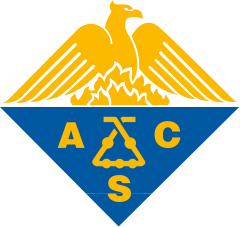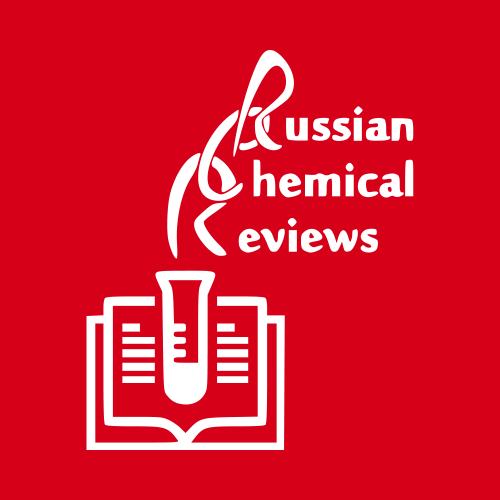Journal of the American Chemical Society, volume 128, issue 42, pages 13652-13653
Advanced Fine-Tuning of Grubbs/Hoveyda Olefin Metathesis Catalysts: A Further Step toward an Optimum Balance between Antinomic Properties
1
Institute of Organic Chemistry, Polish Academy of Sciences, Kasprzaka 44/52, 01-224 Warsaw, Poland, Faculty of Chemistry, Warsaw University of Technology, Koszykowa 75, 00-662 Warsaw, Poland, Laboratoire de Chimie de Coordination du CNRS, 205 route de Narbonne, 31077 Toulouse Cedex 4, France, and Ligand Chemie GmbH Papenhauser Strausse 10, Lemgo D-32657, Germany
|
Publication type: Journal Article
Publication date: 2006-10-01
scimago Q1
wos Q1
SJR: 5.489
CiteScore: 24.4
Impact factor: 14.4
ISSN: 00027863, 15205126
PubMed ID:
17044669
General Chemistry
Catalysis
Biochemistry
Colloid and Surface Chemistry
Abstract
A 95% yield in the cross metathesis of acrylonitrile with a model olefin is achieved at 25 degrees C with only 3 mol % of the new air-stable ruthenium catalyst 1f shown in the enclosed structural diagram. Even more remarkable are the performances of its boosted version 1g incorporating an electron-withdrawing group. Both these new enhanced versions of Hoveyda catalyst are readily available from Grubbs second generation precatalyst upon reaction with a styrenyl ether the end group of which has been functionalized by an ester function. The latter acts as a weakly coordinating ligand allowing to reach a desirable balance between antinomic properties such as the catalyst's stability, a high activity for challenging substrates, and a high initiation rate.
Are you a researcher?
Create a profile to get free access to personal recommendations for colleagues and new articles.













